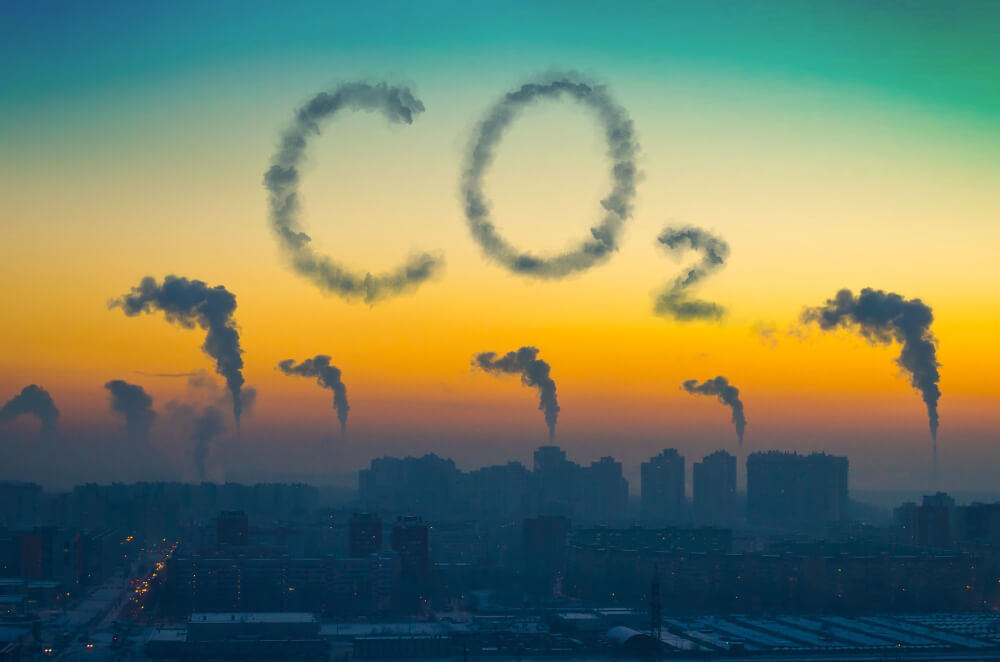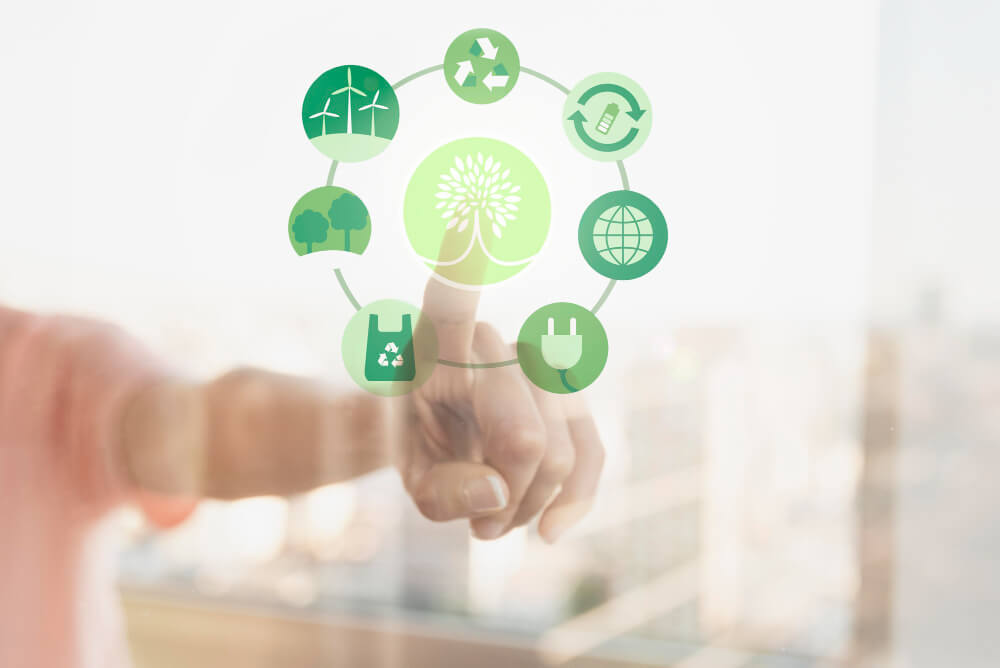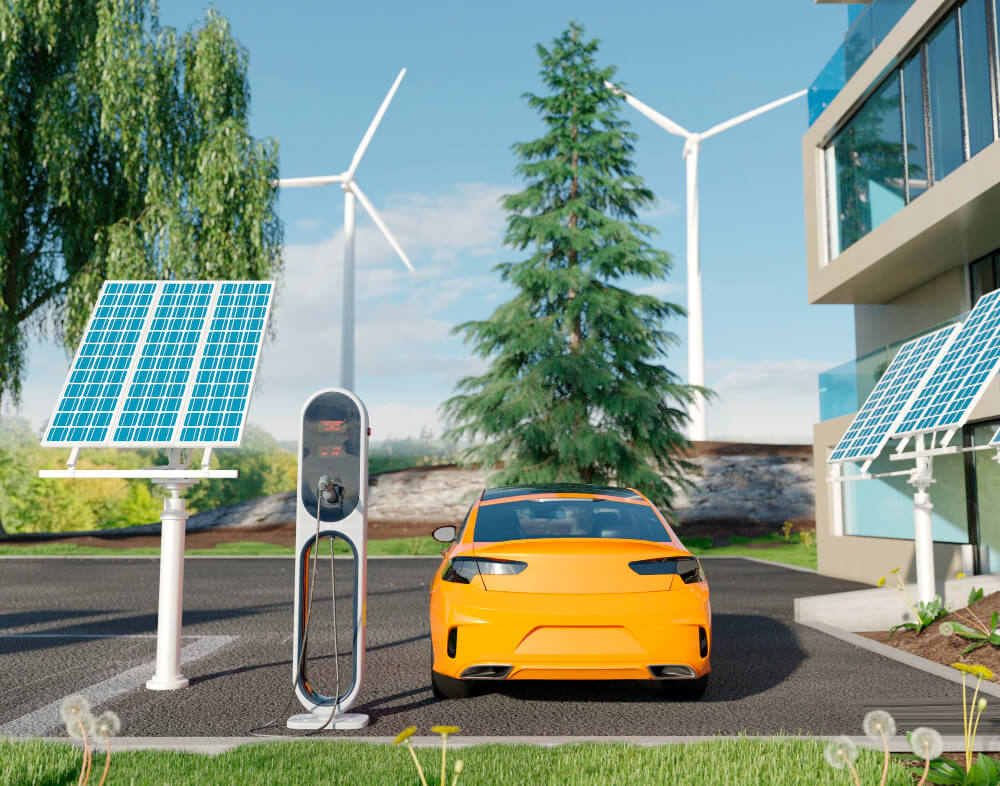The Sustainability Factor
As we enter 2023, there is one issue that will be focused on very strongly in the shipping/logistics world; environmental sustainability. Environmental issues are generally politically fraught and often elicit opposing visceral views. However, the free market has become a major factor in the move toward greater sustainability. Legislation and regulation have always played a role, but the pendulum that is politics swings from more government intervention to less. The free market, on the other hand, sees an opportunity and seizes it.
In years past, environmental issues were divided between those that cited scientific data about climate change, sea levels, and melting snow caps in Antarctica and those that felt the data needed more research or doubted the science altogether. Today, few people doubt the science.

The division is between those seeking a more rapid response and those who prefer gradualism, claiming that it’s too costly to rush into as it hurts businesses and the people whose livelihood depends on those companies affected. The other aspect of environmental policy is a public health one. When issuing new emission standards for trucks recently, the EPA cited public health rather than climate change as its primary mission. The new EPA standards claim to reduce premature deaths, reduce hospital and emergency room visits, help lessen asthma cases, cites fewer lost days of work and school, and an economic benefit of $29 billion annually.
For the first two years of the Biden administration, the political winds blew towards greater government intervention in regulating environmental issues. In fact, back in August, President Biden signed into law the Inflation Reduction Act. In that bill lies the most significant piece of climate legislation in the history of the US, which earmarks $400 billion towards clean energy production. The bill also marks a key change in strategy, from taxing carbon emissions to subsidizing clean energy production. This is a huge strategic pivot that incentivizes clean energy development and use rather than taxing or fining carbon emissions. While it does not satisfy the gradualists, it does remove one of their arguments about the cost of environmental regulation to commerce.
Greenhouse Gases

When we speak of environmental regulations related to shipping/logistics, we refer primarily to carbon emissions. Gases that trap heat in the atmosphere are called greenhouse gases. Greenhouse gas emissions from human activities strengthen the greenhouse effect. The greenhouse effect is a process when energy from the sun goes through the atmosphere and heats the Earth’s surface to make it habitable for humans. But high levels of greenhouse gases in the atmosphere prevent some of the gases from returning back to space, which is part of the natural process, resulting in changes to Earth’s climate.
There are a number of greenhouse gases contributing to climate change. Carbon Dioxide, or CO2, is responsible for 79% of our greenhouse gas emissions. CO2 enters the air by burning fossil fuels like coal, gas, and oil. It also enters the air via trees, solid waste, and chemical reactions from certain activities like manufacturing cement. There are other gases, like methane CH4, which enters the air through livestock and fossil fuel production, and nitrous oxide N2O, which comes from agricultural land use and industrial activities that contribute to climate change, but as mentioned, on a lower level than CO2.
According to the Environmental Protection Agency (EPA), transportation accounts for 33% of all CO2 emissions, followed by electric power, 31%, industry, 16%, and others, 20%. Faced with the challenges of lowering emissions, targeting the transportation sector makes sense and will result in the most impactful changes in the least amount of time.
Market Solutions
One solution to lowering carbon emissions in the transportation sector is increasing the use of electronic vehicles (EVs). EVs are a case and point in how the free market produced a solution. EVs were preceded by hybrid cars. Hybrid electric vehicles are powered by an internal combustion engine and one or more electric motors, which use energy stored in batteries. A hybrid electric vehicle cannot be plugged in to charge the battery. Instead, the battery is charged through regenerative braking and by the internal combustion engine. Hybrids were introduced in the US as early as 1999 and gained in popularity when gas prices trended higher because hybrids get better mileage than non-hybrid cars. Hybrids are generally costlier than similar-sized cars. So while there are those that purchase or lease a hybrid primarily for environmental reasons, the main reason seems to be economic.

EVs are a recent phenomenon and were popularized but not originated by Tesla. Tesla EVs are now one of the best-selling automobiles in the world. Tesla has also entered the trucking business and recently ran a successful 500-mile test run of a fully loaded semi on one charge.
Electric vehicles (EVs) emit 60-68% less CO2 than those that are powered by fossil fuels; hybrids emit 48-50% less. The fact that EVs emit less CO2 does not mean they are not controversial. In countries with coal-intensive electricity generation, the benefits of EVs are smaller, and they can have similar lifetime emissions to the most efficient conventional vehicles – such as hybrid-electric models. As the technology develops, the CO2 let out into the atmosphere as a result of charging the batteries for EVs is lessening as well with programs like Automated Emissions Reduction (AER), which automatically shifts the timing of charging to sync with times of cleaner energy being produced by utilities.
But in order for EVs to begin reversing the effect of greenhouse gases so the US can meet its climate goals, the market would need to add 50-70 million EVs (that’s one in 4 cars) to our roads before the end of the decade. The challenges of evolving to wider usage of EVs are numerous. Charging takes longer than filling up a tank of gas. The mileage range is shorter on EVs, and weather affects the range. Until a more robust charging infrastructure is put in place, the inconvenience of owning an EV will prevent people from opting in.
The Regulatory Environment
While the regulatory pendulum swung towards tougher standards from the Biden Administration, some states often enact tougher standards than federal regulations. California requested a waiver under the Clean Air Act during the Obama Administration, and it was granted. California’s waiver allowed it to set standards tighter than the federal standards, which have been adopted by more than a dozen states and became the de-facto nationwide standard because automakers do not design different sets of vehicles to meet different standards in different states. President Trump revoked the waiver in 2019, citing reducing the cost of cars for the consumer as his motive. President Biden just reinstated it.

California has its own motives for the tougher standards. Until recently, the two Southern California ports of Los Angeles and Long Beach were the busiest in the country and accounted for 31% of all US container-based imports and exports. The ships and the trucks that move those containers to and from the ports pose an environmental challenge that concerned the California Air Resources Board. The board issued regulations to reduce several types of emissions from trucks, buses, and tractor-trailers. These regulations aim to both reduce greenhouse gas emissions by requiring aerodynamic designs and low-resistance tires and also to reduce toxic emissions from diesel exhaust by requiring newer engines. As of January 1, 2023, all drayage trucks over 26,000 lbs. vehicular gross weight must have engines from 2010 or later. And if you enter the facilities of the Port of Long Beach, your truck must be 2014 or newer. These regulations have obliged all operators in California to upgrade their fleets to comply.
Critics of California’s regulations claim that these regulations create a considerable burden, particularly for small to medium-sized trucking companies, forcing owners to make a substantial investment or close their operations.
Shipping is another sector grappling with intense pressure worldwide to reduce carbon emissions. In July of 2022, the Clean Shipping Act was introduced in Congress. The goal is to set a zero greenhouse gas fuel standard for shipping and to reach a 100% reduction by 2040. European Union policymakers are raising their ambition for lower emissions from shipping. Chinese legislators are also looking to reduce emissions in shipping. Reducing emissions in shipping poses its own set of challenges. The lifespan of a ship averages between 24-30 years. It is far more expensive to build and maintain than a truck and, therefore, to replace should regulation be enforced. There is a movement in Europe to build solar and electric-powered passenger and cargo ships.
The International Maritime Organization (IMO) is the United Nations’ specialized agency with responsibility for the safety and security of shipping and the prevention of marine and atmospheric pollution by ships. The organization is proposing a carbon levy for 2023 but, as in the past, is getting pushback from shippers.
Moving Forward
International corporations are either innovating solutions by creating greener products or partnering with companies that can provide cleaner solutions. Ford and General Motors are going head-to-head in the EV delivery van space. DHL just ordered 2,000 of them from Ford. FedEx is furthering its sustainability agenda with an e-cart pilot in NYC. Corporations may balk at government intervention and regulation, but they can see trends. If going green can be profitable, they will lead rather than follow in implementing it.

Inflation, higher gas and diesel prices, and the conflict in Russia/Ukraine have intensified the economic incentive to go green. For years, low gas prices made driving vehicles powered by fossil fuels the cheaper alternative. Suddenly, the prices at the pump went up, and hybrids, EVs, and the tax subsidy that came with them seemed the more attractive alternative.
There is little doubt that the world is moving toward environmental sustainability in all sectors, particularly in transportation. The questions that remain are, how fast will they be implemented? At what cost? And, will it be enough to start reversing the damage already done?


